Star Wars Strikes Back? We Explain Trump's Missile Defense Strategy
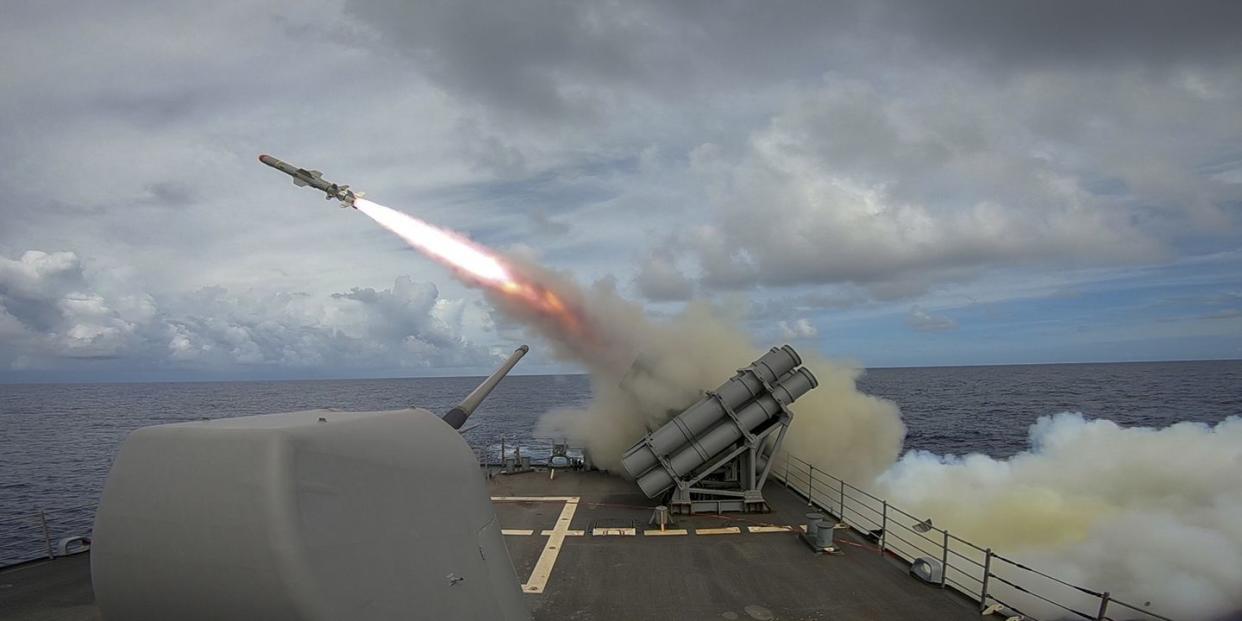
At the Pentagon today, President Trump presided over the release of his administration’s long-awaited Missile Defense Review, the road map for defending the United States, its overseas bases, and regional allies from long-range missiles launched by “rogue states.”
The strategy recommends a number of new ideas, including arming F-35s to shoot down missiles, laser-armed drones, and space-based interceptors. That last part may remind you of President Ronald Reagan’s 1980s-era Strategic Defense Initiative. It seems the movies aren't the only way weren't returning to Star Wars.
What Can and Cannot Be Defended
Let's make one thing clear first: The Pentagon doesn't think it could shoot down a major nuclear assault. “The United States relies on nuclear deterrence to address the large and more sophisticated Russian and Chinese intercontinental ballistic missile capabilities,” the report says. In other words, Mutually Assured Destruction still applies.
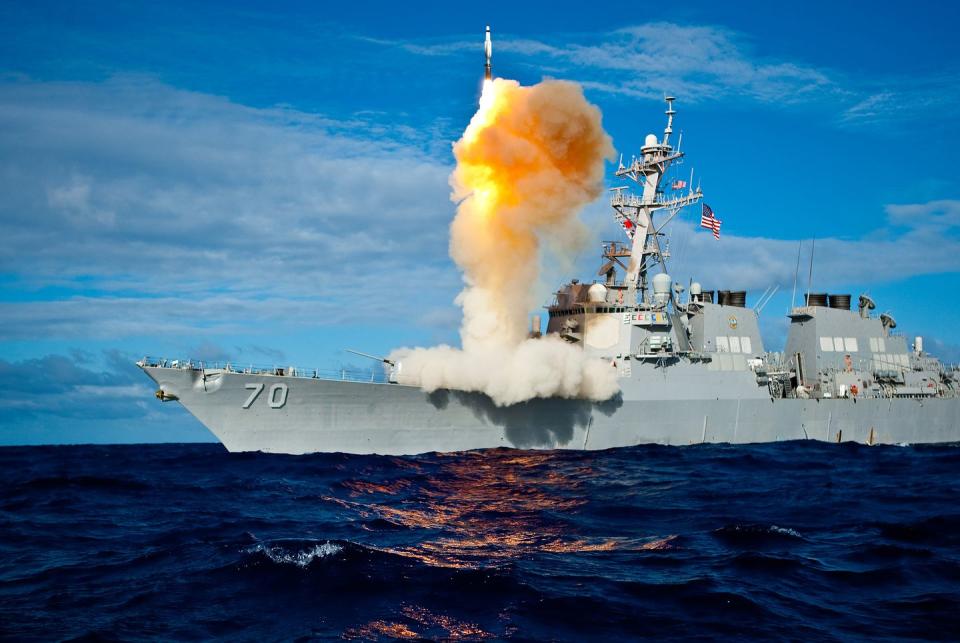
The improvements and new initiatives suggested in today's report are meant to defend against limited missile attack from “rogue states” such as North Korea and Iran. Among existing programs, the number of U.S. Navy surface warships capable of shooting down ballistic missiles is set to increase by more than 50 percent. Today, five of the Navy’s Ticonderoga-class guided missile cruisers and 33 Arleigh Burke-class guided missile destroyers are capable of detecting and shooting down ballistic missiles with SM-3 Block IIA interceptors. That number is set to increase to a total of 60 ships by 2023.
The report also notes that the Block IIA interceptor, which can intercept short, medium, and intermediate-range ballistic missiles, is set to be tested in 2020 against intercontinental ballistic missiles. If it works, it would give the continental United States a secondary layer of protection against incoming missiles.
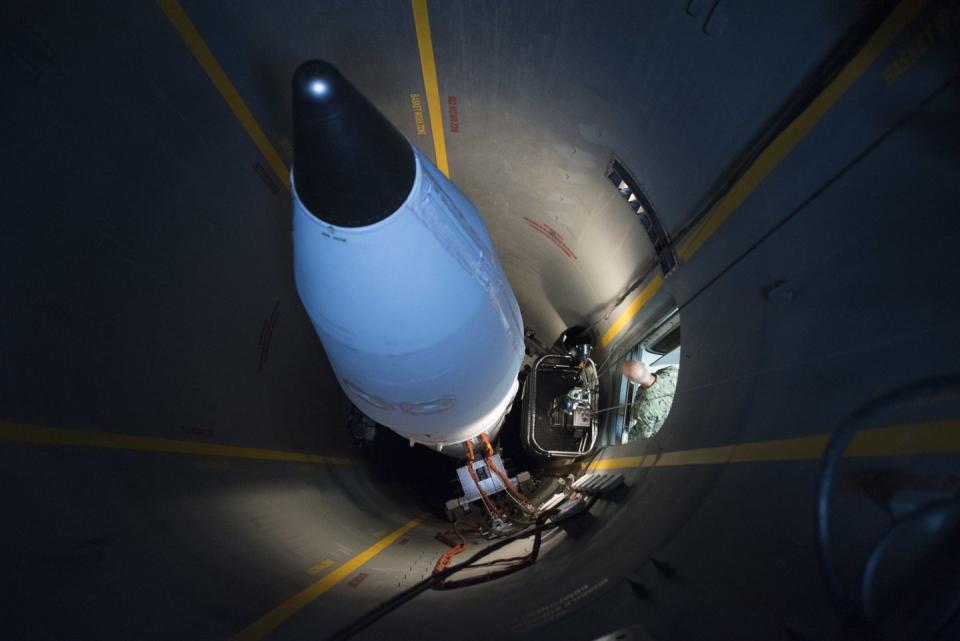
The U.S. is also beefing up its existing ICBM killers, the Ground-Based Midcourse Defense (GMD) missiles. GMD is designed to destroy missile warheads in space by steering a guided "kinetic kill" vehicle into a head-on collision with the incoming nuke. The U.S. currently has 40 GMDs based in Alaska and another four in California, and wants to add an additional 20 by 2023.
Fighters vs. Missiles
One of the more interesting concepts in the missile review is to use the F-35 Joint Strike Fighter to shoot down missiles shortly after they launch. Targeting missiles during their so-called “boost phase” is an attractive one, because while they are rising from a launch vehicle or silo, ballistic missiles are slow and easy to shoot down. In the case of multi-warhead missiles, attacking early offers a chance to destroy all of the warheads without having to engage them separately, when they’re whizzing through space at thousands of miles an hour.
According to the review, the F-35 “has a capable sensor system that can detect the infrared signature of a boosting missile, and its computers can identify the threatening missile’s location.“ In the future, the F-35 could “be equipped with a new or modified interceptor capable of shooting down adversary ballistic missiles in their boost phase and could be surged rapidly to hotspots.”
As was the case with Reagan's Star Wars, however, shooting down missiles is easier said than done. Ballistic missiles may be slow at launch, but they accelerate rapidly and the window for intercept is narrow. F-35s would have to fly very close to the launch location, placing them near enemy air defenses. To be close enough to strike in time, fighters must be constantly patrolling over a suspected launch location.
Of Lasers and Satellites
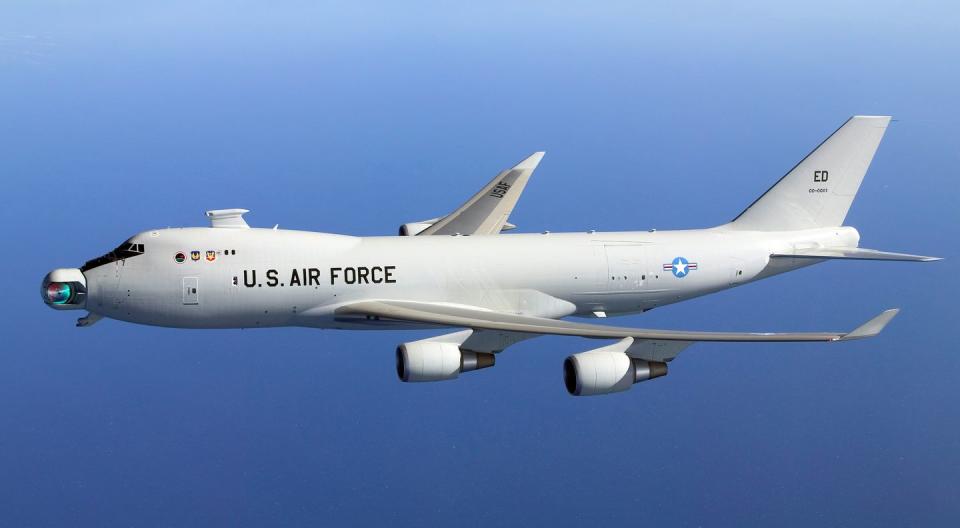
Fighter planes aren't the only boost phase option. The Pentagon wants to explore placing lasers on drones to fry missiles as they’re taking off. This approach would be less risky than placing a manned aircraft over enemy territory, and drones would be able to loiter over a suspected launch area longer.
Aircraft-based lasers don’t have a great track record, though. In the 2000s the Pentagon dumped billions into a 747 modified to fire a chemical laser. Missile defense advocates think more modern solid state and fiber lasers fired from higher altitudes could do the trick.
Finally, the big one: space-based missile defense, first proposed in the 1980s under the Strategic Defense Initiative. According to the report, the Pentagon “will study development and fielding of a space-based missile intercept layer capable of boost-phase defense.” These defenses would be satellites armed with interceptor rockets or, down the road, lasers. Pointed at down at the Earth, they would be alerted by a network of sensors to missile launches and swiftly knock down missiles before those missiles could release their warheads.
This, too, faces many complications. First, the U.S. would need to develop and maintain a constellation of missile-sensing interceptor sats in low Earth orbit. Developing, building, and launching this constellation would be very expensive at a time when the defense budget is expected to remain flat or even drop in the near future, meaning the Department of Defense would need to cut other programs to fund it.
Adversaries could simply build more missiles to overwhelm this expensive system, or develop other weapons such as cruise missiles or hypersonic weapons. And more fundamentally, there's the issue of breaking the informal taboo on militarizing space. It could come back to haunt the U.S. as other countries also deploy orbital weapons.
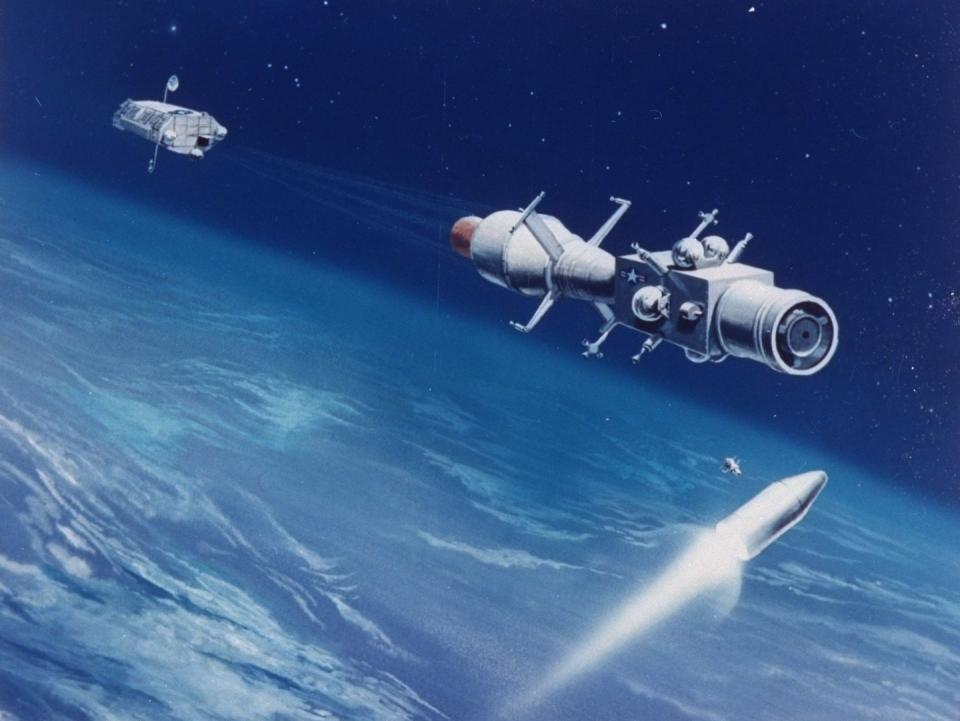
Missile defense is a difficult problem with low tolerance for failure. In the event of nuclear attack, even a single warhead breaking through ballistic missile defenses could result in the death of millions. While some of these ideas (like using SM-3 interceptors to knock down ICBMs) sound relatively practical, others (such as weapons based in space) have enormous technical and economic problems that remain unsolved more than 30 years and hundreds of billions of dollars after they were initially proposed.
Read the Missile Defense Review here (PDF)
('You Might Also Like',)

